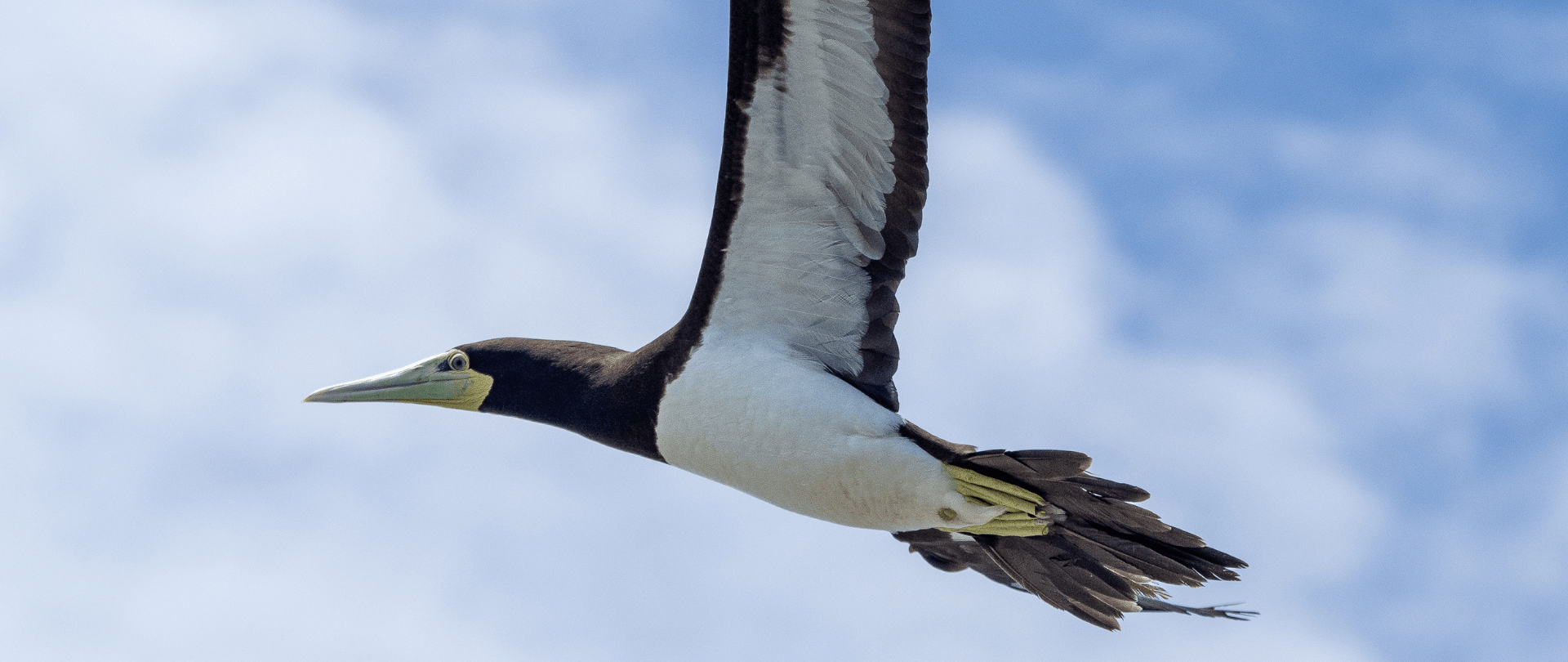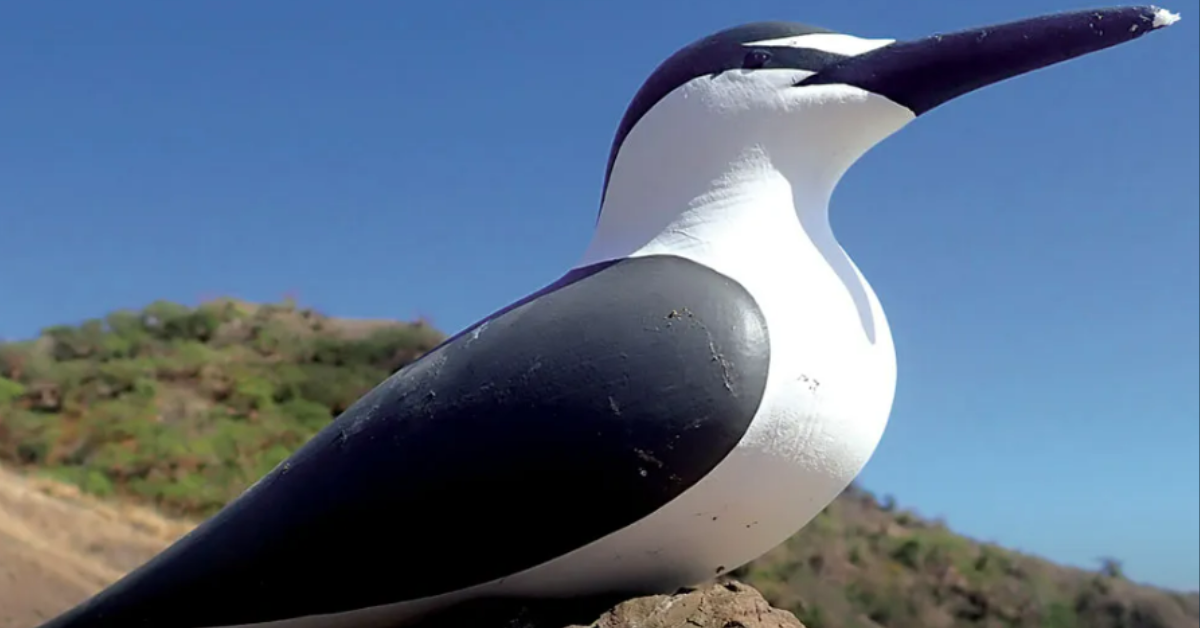December 4, 2024
The Ebiil Society: Champions of Palau
Ann Singeo, founder of our partner organization the Ebiil Society, shares her vision for a thriving Palau and a flourishing world of indigenous science!
We use cookies to help you navigate efficiently and perform certain functions. You will find detailed information about all cookies under each consent category below.
The cookies that are categorized as "Necessary" are stored on your browser as they are essential for enabling the basic functionalities of the site. ...
Necessary cookies are required to enable the basic features of this site, such as providing secure log-in or adjusting your consent preferences. These cookies do not store any personally identifiable data.
Functional cookies help perform certain functionalities like sharing the content of the website on social media platforms, collecting feedback, and other third-party features.
Analytical cookies are used to understand how visitors interact with the website. These cookies help provide information on metrics such as the number of visitors, bounce rate, traffic source, etc.
Performance cookies are used to understand and analyze the key performance indexes of the website which helps in delivering a better user experience for the visitors.
Advertisement cookies are used to provide visitors with customized advertisements based on the pages you visited previously and to analyze the effectiveness of the ad campaigns.
Our new online shop is live!

Let’s say you’re trying to kickstart the economy of a small town that once used to thrive. You tell all your friends to go visit the town. You send out a rallying cry for investors. You pay for advertising that promotes opportunities for a new life. Soon enough, people are drawn to your town, and the economy starts booming.
But what if, instead of a small town, you want to rewild a previously damaged island-ocean ecosystem? And instead of it being about the economy, you want biodiversity to “boom”? Well, the same principle applies! Only this time, you use methods like social attraction and translocation to turn the island from a barren landscape into one buzzing with birds, mammals and reptiles!

A new study, authored by Dr. Dena Spatz of Pacific Rim Conservation with contributions by Island Conservation staff, provides a robust framework through which to track social attraction and translocation – specifically when it comes to reestablishing seabird populations on islands, which are crucial to sustaining an island-ocean ecosystem. As the authors explain:
The global loss of biodiversity has inspired actions to restore nature across the planet. Translocation and social attraction actions deliberately move or lure a target species to a restoration site to reintroduce or augment populations and enhance biodiversity and ecosystem resilience.”
And they’re incredibly effective tools! It’s best to track these recoveries over a long period – five years is recommended – but they work. In fact, Island Conservation has been using social attraction methods for years, such as on Desecheo and Chañaral.
Our very own Conservation Science Program Manager, Coral Wolf, contributed to the large, collated dataset for this paper by providing updates and results of Island Conservation’s social attraction efforts. As she explains, scientists approach the challenge by utilizing what is called “passive restoration” and “active restoration.”
“Passive restoration allows species to rebound on their own and in their own time,” says Coral. “And what is great is that it doesn’t require an intervention once the invasive species threat is removed. We’ve documented some fantastic examples of extirpated species recolonizing islands unaided in just a few short years.”

However, sometimes restoration ecologists are interested in giving sites a jump start, especially if would take a significant amount of time for the safe habitat to be discovered and embraced by the birds. That’s when active restoration comes into play. As Coral explains:
With active restoration, tools like social attraction and translocation can be used to either attract or physically bring species back to locations they may never have found on their own or at a much quicker pace than would have occurred naturally.”
The study synthesizes 851 events, covering 138 species in 551 locations and 36 countries, and pulls on 1,400 resources and over 300 experts. It’s the kind of detailed, thorough and informed research that forms the backbone of Island Conservation’s science-based interventions.
Want to submit a scientific paper or new conservation research we should be aware of? You’re welcome to send it to info@islandconservation.org!
Check out other journal entries we think you might be interested in.
Notifications